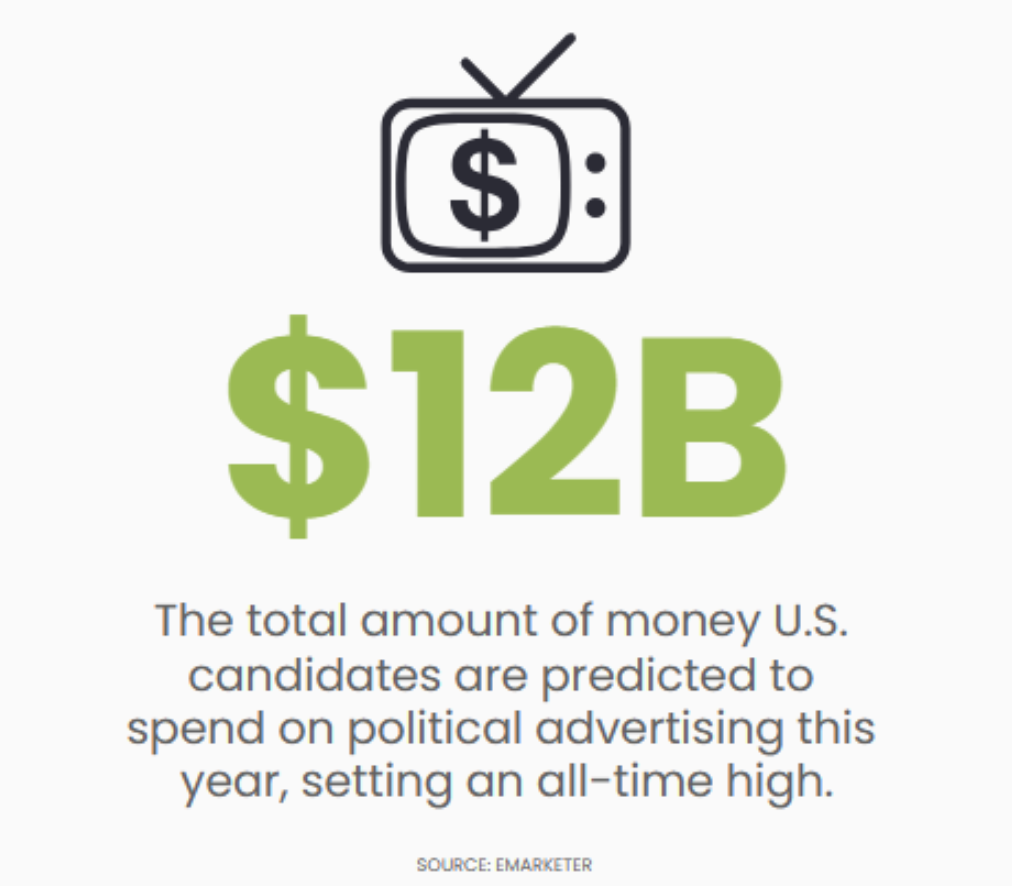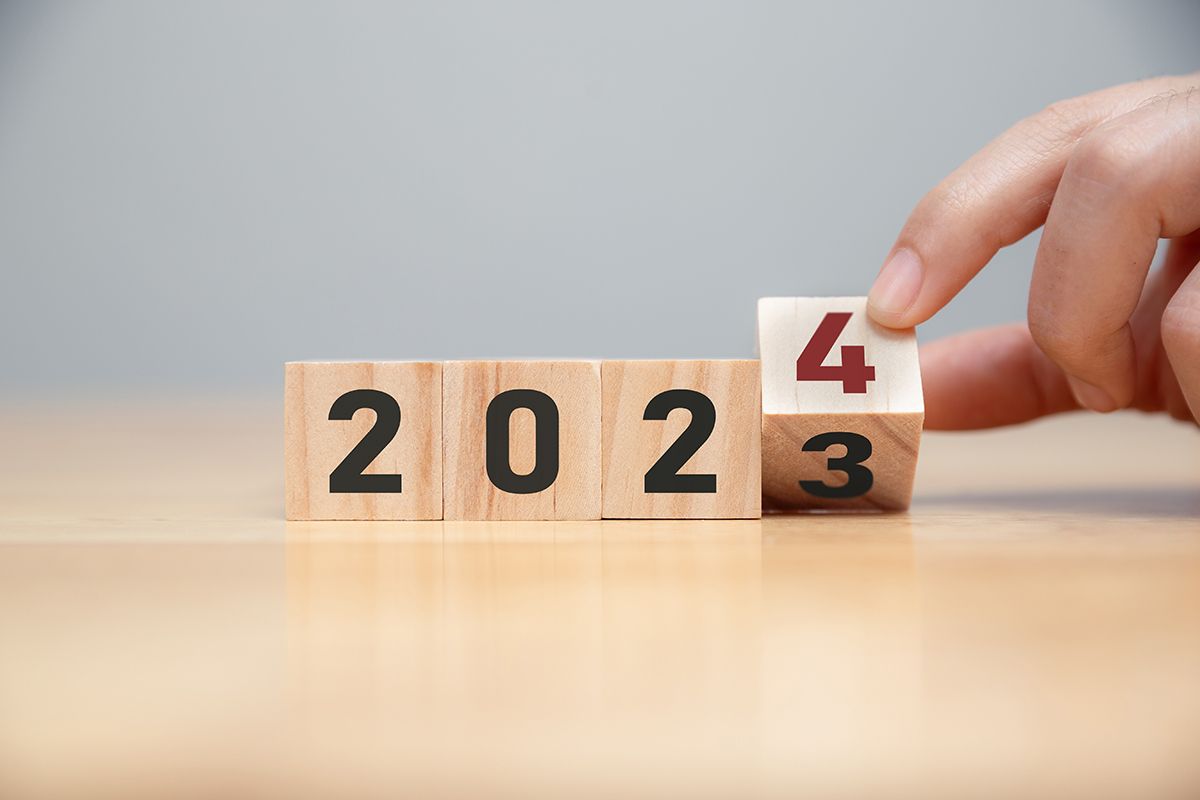Increase Your Conversion Rate with Customer-First Strategies
The primary goal of any conversion-centric website is to compel your visitors to make a single choice. This could be ordering a product, signing up for an email newsletter, filling out a contact form, or whatever your company believes is the most important action. Thus, your website’s user experience must be laid out in a way that makes sense to your audience and their persona types if you want to increase the conversion rate of your site and grow your sales.
This process includes three fundamental steps:
- Simplifying your conversion funnel
- Improving customer trust
- Taking care of current customers
The goal? Staying in charge of the sale by convincing your customers that they’re in charge.
Streamline and Simplify the Conversion Funnel
If you’ve followed the approach we’ve laid out in previous posts, you’re already started this process by toning and sharpening your value proposition and content. By piquing their interest with appealing phrasing and material, your visitors have a reason to stick around and investigate your offers.
Now you must ensure they can efficiently get through your sales funnel to make that important action.
We challenge you to visit your site with the fresh eyes of a new customer. Start at the beginning of your conversion cycle and work your way through to the conversion, complete with a confirmation message. Is the process easy, and is it obvious what you’re motivating them to do?
If you answered “No” to either of those questions, then you’ve got some work to do.
1. Optimize Your Calls to Action
These are the buttons and links your customers click to make an action. It also includes the actual language you’re using to compel them to click.
For example, If you have a call to action (CTA) that says “Click Here,” that’s a clear indicator your site isn’t optimized for conversion. Maybe you sell lipstick, and you want someone to view your products – don’t have a button that says “Go.” It should say “Shop for Lipstick.”
And if you have a multi-step conversion flow, your “next” button shouldn’t say “Next.” It should say “Next: Complete Your Payment Information” (or something similar). Better yet, you should also have breadcrumbs or a status bar that show the user where they are in the buying process.
Helpful Tip: Make your main CTA buttons on your pages a contrasting color compared to your website’s main colors. For example, your site uses predominately blue and green, make your buttons orange.
2. Optimize Your Forms
In essence, you must ask your customers only the most crucial information. Eliminate from your forms anything that isn’t required to get people to say “Yes.” You can always gather more information later. You can also use your analytics and other technology to get customer information without slowing the order flow.
For example, if your sales form asks, “How did you hear about us?” or something similar, please stop. That information doesn’t matter that much in the long run, and each question you ask, especially the innocuous ones, creates a potential for customers falling out of the conversion funnel.
Additionally, make sure your error messages are non-threatening, conversational, and placed exactly where the error occurred. Also, make sure they don’t have weird behavior attached to them, such as reloading the page. We see this often, and the resulting confusion absolutely disrupts the order flow.
3. Recognize that Your Website is NOT the Top of the Sales Funnel
Too few people understand this, thinking that their homepage should be where everything starts for every customer. When you combine paid ads, social media, organic SEO, and referral traffic, your average customer can enter your sales flow at any number of locations. Your job is to ensure they get to the bottom of the funnel.
Here are some real examples of where your funnel begins:
- The landing page your paid ad points to
- Your website’s listing on a search engine results page ( SERP)
- The landing page your social media content points to
- The article your current customer shares with a potential customer
What does that mean? How can there be so many openings for a sales funnel? It means that your customers have multiple ways to be introduced to your brand, products, and services – and most of them start off-site and far away from your homepage. Don’t make your customers “start over” when they land on your site.
If you’re running an ad for one of your products or services, do NOT send them to your homepage. Instead, make sure the ad lands them on a relevant page that starts down the sales flow. For maximum effect on your conversion rate, any entry page’s content must reinforce your brand’s benefits and value prop.
Increase Your Trust
Buyers across demographic lines are naturally skeptical of doing anything online. They might be on their phones or a computer all day long, but that doesn’t mean they want to do all their shopping that way. Thankfully, you can ease those concerns and improve your conversion rate by implementing these three tips.
1. Add Security Seals
These 3rd party verification badges show customers that their information is safe with you. You can secure them for your site from leading cybersecurity providers like McAfee, Verisign, and more.
2. Add Social Proof
Tell customer stories that highlight their experiences with you. Use their words. If you sell products, add product reviews. If you sell services or you’re a B2B business, assemble data-driven case studies with your customers.
3. Be Transparent
Don’t fake it! This is 2021. People have finely honed radars for picking out inauthentic brands. You’ll get busted. Be true to yourself, and be honest with your audience.
Remember Your Current Customers and Previous Buyers
As the old canard goes, it’s cheaper to retain current customers than attract new ones. It’s also easier to sell your goods and services to a previous customer than to sell to a new one. People who have already been introduced to your brand have a higher percentage of converting. You should dedicate conscious effort to ensuring those folks revisit your sales funnel on a repeat basis.
1. Communicate with Them
Send out regular emails, newsletters, and promotions specific to them being loyal fans of yours. Industry data shows that such actions result in higher converting traffic to your website than regular paid and organic ads.
2. Create Subscription Offers
Develop recurring purchases that appeal to your core audience. These are hassle-free and recurring orders that cost you very little. They can also help with your long-term budgeting because you can build-in monthly and quarterly sales that will always be there from dedicated fans.
All the leading eCommerce platforms have apps or plug-ins to support such products. It’s well worth the money and investment to learn the sort of offers that appeal to your core repeat customers.
3. Add More Payment Methods
Yes, this includes PayPal and other digital formats. Depending upon the type of products and services you sell, you should also consider adding a “pay in installments” option, such as After Pay.
4. Use Cart or Form Abandonment
Such functions contact people via email or popup if they place items in a cart or start a form and then leave your site before finishing. It’s easy to implement them if your website uses a standard CMS system like WordPress, Shopify, or BigCommerce.
5. Remove Slideshows from the Main Section of Your Website
They might look pretty with your excellent imagery, but they do not improve your site’s performance in general, much less your conversion rate. Contemporary data shows us that slides past the first one are rarely seen, which means you’ve created all that content for nothing. Plus, it usually serves as a distraction away from delivering your main message and value proposition.
6. Simplify Your Navigation
The navigation of your site is easy to understand and use. Not everything on your site has to be in your main header navigation, and it’s okay to have different levels. It’s more important that your visitors see the most important pages, products, and services that get them into the conversion funnel.
We recommend restricting your main navigation to under 6 links or menus in total. And your homepage does not have to be one of them. In fact, standard website design dictates that your logo should return users to the home page – not a link that says “Home.”
Are you ready to review all the concepts we’ve introduced in the past few blog posts? Check out the webinar where our CMO, Paul Colgin, discusses everything in a comprehensive and holistic manner!

(281) 223-1324
1980 Post Oak Blvd., Suite 100
Houston, TX 77056
All Rights Reserved | Spark, Wright, and Colgin, Inc / Integrate Agency.









